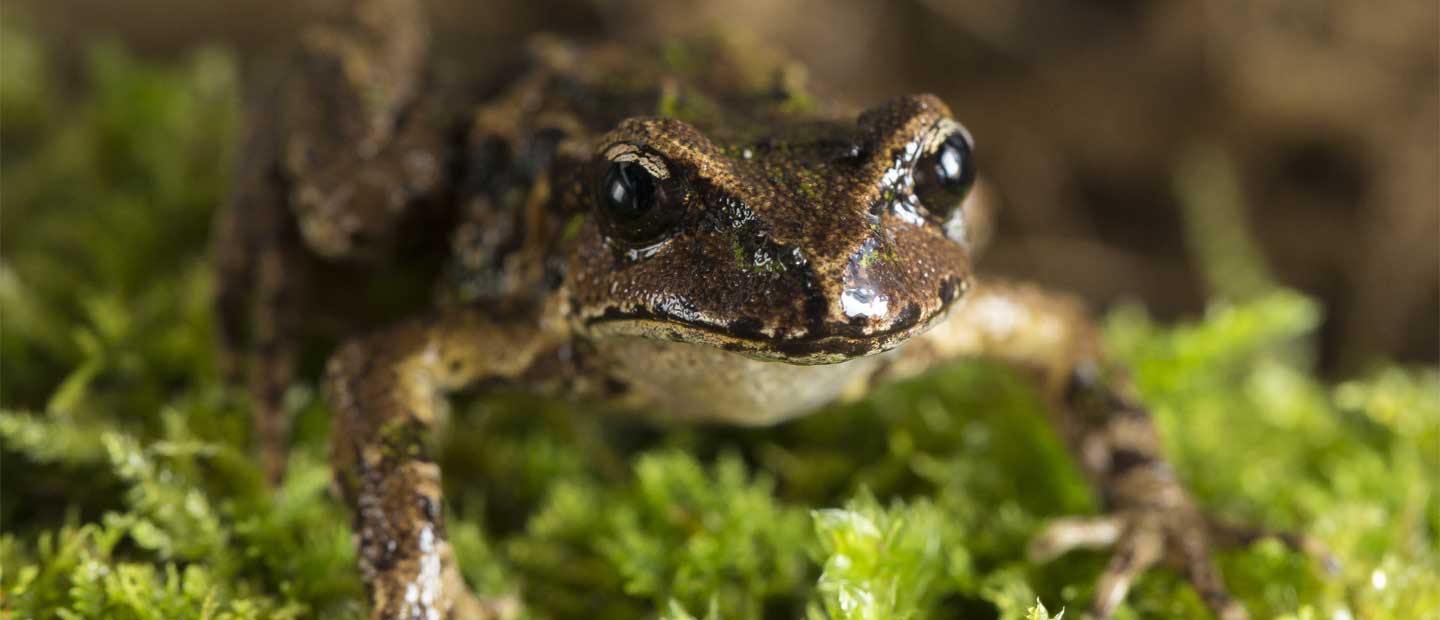“Learning how to rear this endangered species reliably is of great value should something catastrophic happen to the wild population and we need to utilise captive breeding and reintroduction as a recovery tool.”
Currently we have around 25 Archey’s frogs. The youngest four hatched in October 2017 and metamorphosed into miniature (<5mm) replicas of their parents just before Christmas. It will take three to four years before these frogs become fully grown, 40mm long adults.
Just one of four remaining species of native frog and in much need of this conservation support, this unique amphibian used to have a wide distribution across mainland North Island. Due to extensive habitat loss through deforestation and degradation, and introduced mammalian predators such as rats, stoats, European blackbirds, hedgehogs and possums, the species is considered ‘Nationally Critical’ by the Department of Conservation (DOC), and ‘critically endangered’ by the IUCN.


